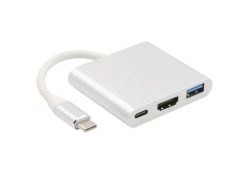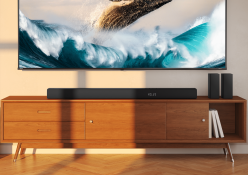Do you know the best angles to shoot from? Want to learn how to frame a shot properly on your phone or how to work with natural lighting? Our phone camera expert reveals all…
01. Take lots of pictures
If you’re visiting a once-in-a-lifetime location, make sure you get a variety of shots from different angles. A slight shift in position to the left or right can make a significant difference to the dynamics of your images. One potential problem is that as camera sensors get higher in resolution, your pictures take up more space.
02. Keep your camera out
Isaac says: ‘Make sure you always have your camera out. It sounds obvious, but you need to be ready.’ As phones are always on standby, they can be ready to use almost instantly. For added speed, consider using a sleeve and lanyard to keep your camera out and primed, but only if you feel safe exposing your phone in such a way.
03. Use natural light more intelligently
Using light that’s diffusing naturally through a canopy of leaves is another great way to find complementary lighting, but watch the background. If the scene beyond the shade is cast in bright sunlight, you may find it washes out and gets lost. Move the subject to get a background with light that more closely matches the level of light intensity in the foreground.
04. Get an unusual perspective
A common trick used by photographers is to angle the horizon, a technique known as the Dutch tilt. This unusual angle instantly adds further interest and dynamics, and can be used in a variety of ways. Used in combination with a low or high angle, for example, the effect can be super-dramatic. Take a look at your surroundings too. You can use objects such as trees, fences, paths or even a lamp post to create patterns or paths through images, helping to draw the eye through your composition.
05. Make use of the viewfinder
The autofocusing on phones is great at guessing what you want the shot to be of, but when you tap something, the phone will optimise what it’s doing for that subject. Being able to lock exposure and focus is really useful, too. While this works well for static subjects, things can be more tricky if they start to move. New features such as intelligent tracking will keep up with the subject and ensure that it remains in focus and correctly exposed.
06. Fill the frame
People can benefit from an extreme close-up, but it has to be done carefully. In the world of selfies, this type of shot has become much easier. But still, stepping into someone’s personal space can be intrusive. To take a successful close-up portrait, ensure you know the person well or at least have a good rapport going; just keep chatting to them as you take the picture and get them to pull a few expressions.
For more on how to capture the perfect photo, page through your December Tech.







